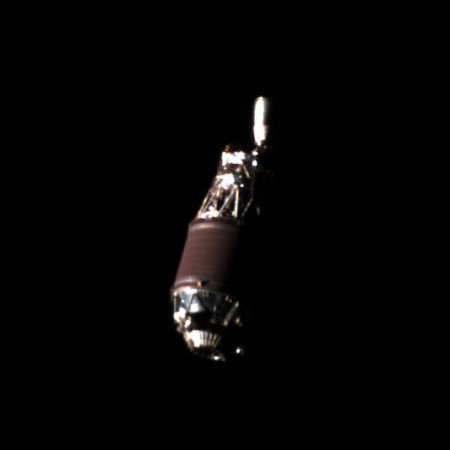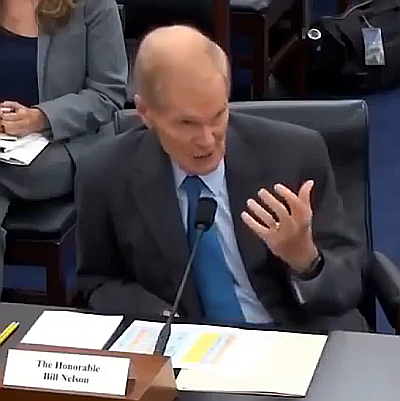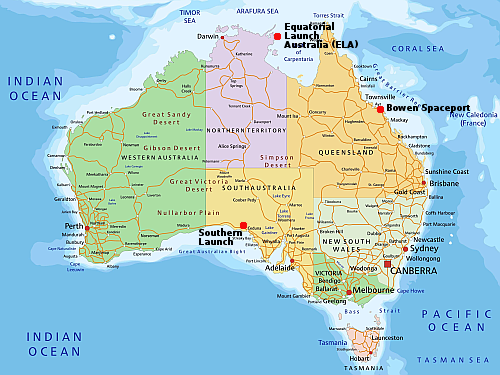Lockheed Martin withdraws bid to buy Terran Orbital
Lockheed Martin yesterday withdrew its early March offer to buy the satellite manufacuture Terran Orbital, purchasing the shares it did not already own for approximately $500 million.
No reason was given, but it appears the other shareholders at Terran Orbital objected to the purchase, and Lockheed probably decided the fight wasn’t worth it.
In that proposal, Lockheed offered to acquire the roughly two-thirds of Terran Orbital stock it did not already own. Lockheed also proposed to pay more than $70 million to buy outstanding stock warrants and either assume or repay $313 million in Terran Orbital debt, putting the total value of the proposal at more than $500 million.
Lockheed, besides being a major investor in Terran Orbital, is a major customer of the company, buying dozens of its smallsat buses for programs such as satellites for the Space Development Agency. Lockheed said in its offer letter that it accounted for 81% of Terran Orbital’s backlog.
Terran Orbital responded to the proposal March 4 with a stockholder rights plan, or “poison pill” move, to prevent a hostile takeover. It acknowledged the proposal and said an independent board committee would evaluate it as part of an ongoing strategic review.
Both companies now say they will continue to work together in the future.
Lockheed Martin yesterday withdrew its early March offer to buy the satellite manufacuture Terran Orbital, purchasing the shares it did not already own for approximately $500 million.
No reason was given, but it appears the other shareholders at Terran Orbital objected to the purchase, and Lockheed probably decided the fight wasn’t worth it.
In that proposal, Lockheed offered to acquire the roughly two-thirds of Terran Orbital stock it did not already own. Lockheed also proposed to pay more than $70 million to buy outstanding stock warrants and either assume or repay $313 million in Terran Orbital debt, putting the total value of the proposal at more than $500 million.
Lockheed, besides being a major investor in Terran Orbital, is a major customer of the company, buying dozens of its smallsat buses for programs such as satellites for the Space Development Agency. Lockheed said in its offer letter that it accounted for 81% of Terran Orbital’s backlog.
Terran Orbital responded to the proposal March 4 with a stockholder rights plan, or “poison pill” move, to prevent a hostile takeover. It acknowledged the proposal and said an independent board committee would evaluate it as part of an ongoing strategic review.
Both companies now say they will continue to work together in the future.








